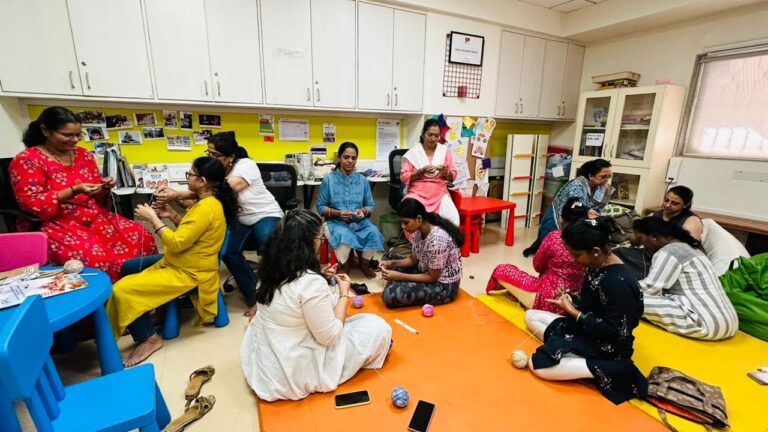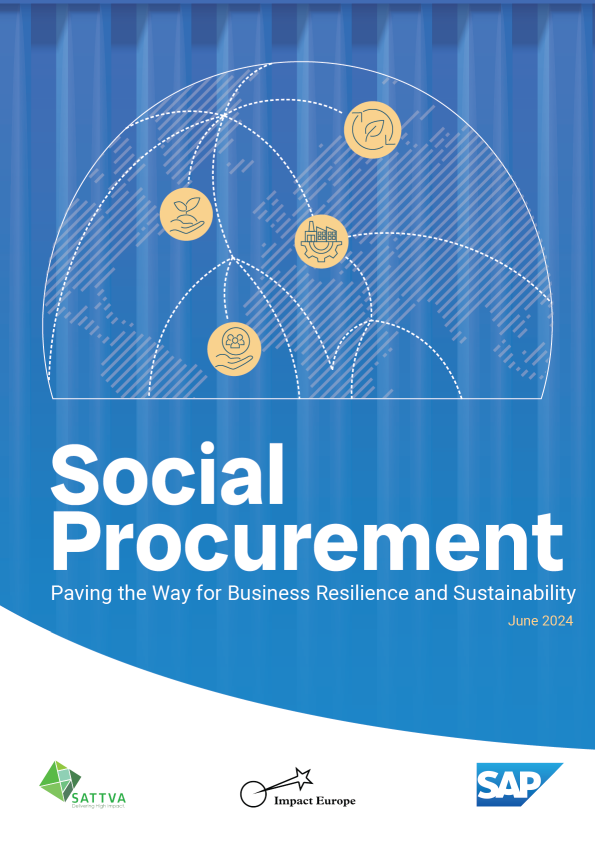Digital Solutions for Women-Owned Enterprises
Background
A decline in rural jobs, the one-sided burden of unpaid care work, along with other structural and underlying issues, such as unequal pay structures, have compounded the decreasing female labour force participation of India—56.1% of working women in India were self-employed as of 2014. There are 8.1 million Indian women-owned enterprises as per the 6th EC, making up 13.7% of enterprises in India. Only 20% of these report their Gross Value Added (GVA) as over INR 5,000 per month compared to 73% of men-owned enterprises.
There are multiple different approaches that have been used to promote and address the variety of barriers faced by women-owned enterprises, ranging from programmes driving financial inclusion to the provision of skilling initiatives. Of the plethora of different approaches to solving for these barriers, e-commerce and digital solutions offer a new and potentially scalable pathway to potentially solve for some of these issues and generate market linkages for these women-owned enterprises. Digital solutions are only just beginning to be explored in India and could provide a scalable means of linking women to markets and job opportunities. The effect size of such interventions (both in India and internationally) could extend beyond market connections and livelihood linkages, to providing layered social empowerment outcomes.
Sattva organised a roundtable to understand this potential through three lenses — the viability of e-commerce as a solution, the enablers it provided that could solve for specific barriers, and the feasibility of implementing such a solution at scale. ‘Digital Solutions for Women-Owned Enterprises’ takes forward the insights from the roundtable to better understand the potential of e-commerce in growing women entrepreneurship.
Key Findings
1. The high potential of B2B e-commerce
The B2B customer segment of e-commerce offers high potential for women-owned enterprises to access markets and scale as it helps producers procure bulk amounts of raw materials at a lower cost, and have larger order sizes and more predictable revenue.
2. Three B2C sectors with opportunity
Three sectors in B2C e-commerce provide maximum potential for integration of women-owned enterprises. These are:
- Sale and manufacture of apparel and home furnishing
- Retail sale of food and beverages
- Hyperlocal services like hairdressing and beauty services, or repair and alteration of clothing
3. E-commerce enables enterprises in multiple ways
E-commerce platforms can enable enterprises to access larger markets, understand market dynamics and tailor their products/services, get easier access to credit and other inputs, and improve their technical and business skills.
4. There are five key enablers that need to be provided or developed in order to ready women for integration into e-commerce
- Willingness to participate in e-commerce
- Functional and technical skills
- Access to and usage of mobiles and technology
- Market intelligence and business support
- Access to working capital and inputs
5. Similarly, there are five enablers required to achieve readiness at an ecosystem level
- Developing infrastructure in partnership with telecom providers
- Creating a favourable policy and regulation environment
- Adding a gender lens for e-commerce platforms
- Reducing entry barriers on e-commerce platforms
- Facilitating technological access for women (by developing familial and community support)
The full report can be accessed below.
Digital Solutions for Women-Owned Enterprises – Full Report
Our research shows that even though the e-commerce sector in India is experiencing major growth, the effects of e-commerce growth have been concentrated amongst a few of the larger vertical and horizontal players, with the bottom of the pyramid not yet having any real benefits.
There are a few industries that show high promise for women entrepreneurs to integrate with e-commerce value chains, such as; restaurants/online food delivery, groceries, and the manufacture of textiles and home furnishings. Additionally, the operational models of e-commerce platforms provide a host of enablers that address the constraints faced by women entrepreneurs and women-owned enterprises, building a solid market case for the potential of incorporating women into these value chains. However, in order to truly incorporate women into these value chains, there is a need for mentorship, hand-holding support, financial and digital literacy and technical guidance to be provided. Further, there is also a need for infrastructure to be strengthened, a supportive environment to be developed (by addressing normative and social constraints as well as by enterprises providing support). Favourable government policies towards e-commerce growth, like we’ve seen in other countries such as China, and enabling its decentralized access are also necessary for these women entrepreneurs to thrive in parallel with the rapidly growing e-commerce space.
Would you like to partner with us to further the conversation around the potential of e-commerce in growing women entrepreneurship? Write in to knowledge@sattva.co.in.




